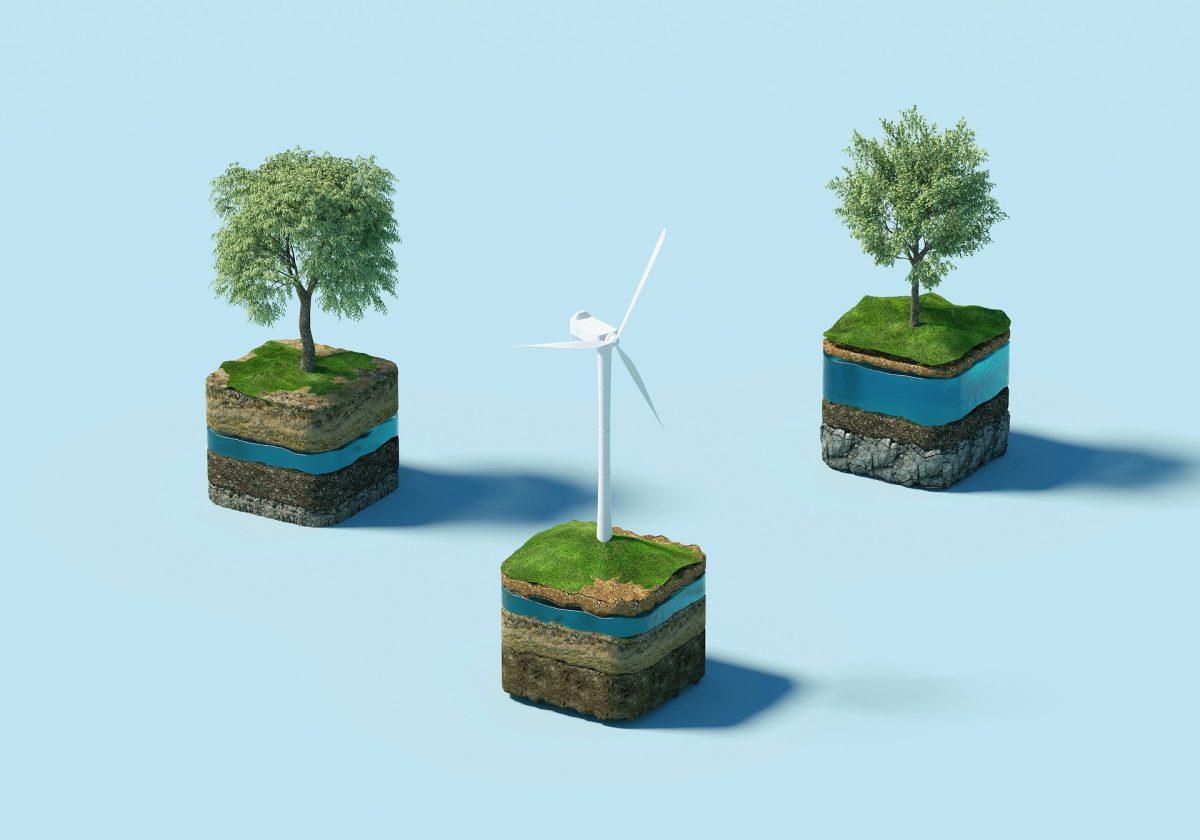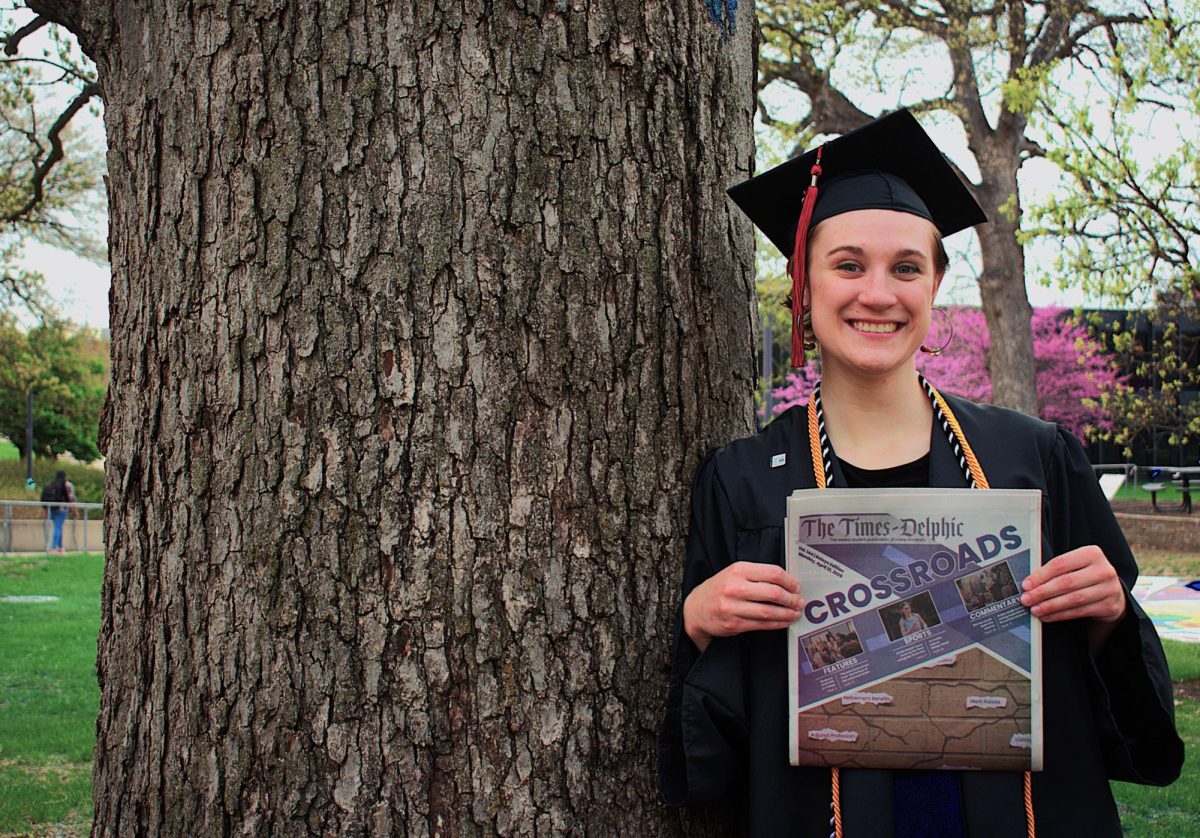Food made up over 24 percent of the waste Americans sent to landfills in 2018, according to a report from the Environmental Protection Agency (EPA). Reducing food waste saves the resources and byproducts that are part of producing food, including land, pollution and contributions to global warming. It also reduces the methane emitted from food in landfills, which contributes to climate change.
There are many ways to reduce food waste — the EPA suggests planning your shopping around your meals for the week, freezing perishables that you may not eat in time and donating or composting surplus food. Also, while many people may use the dates on product packaging to decide when it is time to throw something away, this may not be the best guide. According to the U.S. Department of Agriculture, none of the “Best If Used By/Before,” “Sell By,” “Use By” and “Freeze By” dates on packaging are safety dates, and none of them are required by law. The only exception is infant formula.
There are multiple composting options available at Drake for students to take advantage of. The food you leave on your plate in Hubbell Dining Hall is put in the orange GreenRU bins in the loading bay near Stalnaker Hall and later taken to an industrial composting facility. Additionally, Drake Environmental Action League (DEAL) has implemented a composting program in the residence halls.
Students can put excess food from their rooms into a bucket in their hall kitchen, and it will be taken to the community Sprout Garden on 30th Street every Friday. Students can also use old containers to collect compost in their rooms before bringing it down to the hall kitchen for collection. If you would like to get involved, DEAL is also looking for volunteers to help collect compost for about an hour and a half on Fridays.
Energy saving tips for living in a dorm
By Mack Swenson
Even as a college student in a communal living space, you can help sustain a healthier planet by reducing your energy consumption. Here are a few simple lifestyle habits for saving energy in your dorm.
The first tip is pretty simple, but it’s also easy to forget on a busy day. When it is rational to do so, turn off the lights and air conditioner when leaving your room. Try leaving a sticky note on your door in order to kick start this habit if you frequently forget. In this same vein, if you have additional lights in your room, use LED bulbs. Unplug your devices when they are fully or nearly charged, as devices can draw electricity even when they’re not being actively used, a concept known as “vampire power.”
To the extent possible in a Midwestern state with a continental climate, you can also attempt to adjust and stabilize the temperature in your room by making efficient use of windows — and, conversely, blinds — as an alternative to air conditioning. During nice days in the fall and spring, open your dorm window to allow in cool, fresh air, and during the summer, utilize blinds or curtains to hinder the heating up of the room. Even during the frigid winter months, using sunlight from the window to warm your room can decrease your reliance on electricity-guzzling heating systems.
Besides in your room, there are other energy-saving measures you can take in the bathroom, laundry room and more. When you enter the dorm, take the stairs rather than the elevator, when possible. Additionally, don’t leave water running and take shorter and colder showers; the methods used to extract, clean, pump and heat water require a large amount of energy. Then after that short, cool shower, try letting your hair dry naturally rather than using a hair dryer.
Check out blog.studentcaffee.com for more information on these tips.







